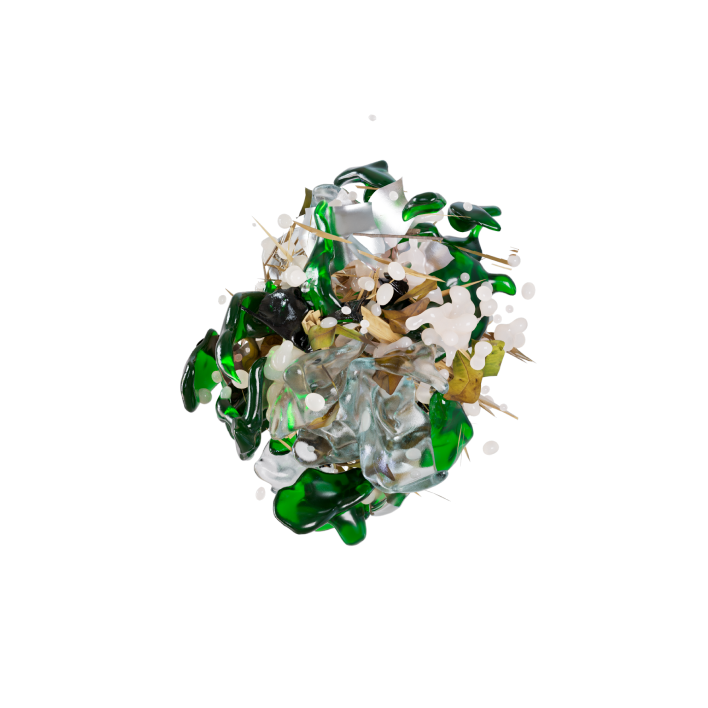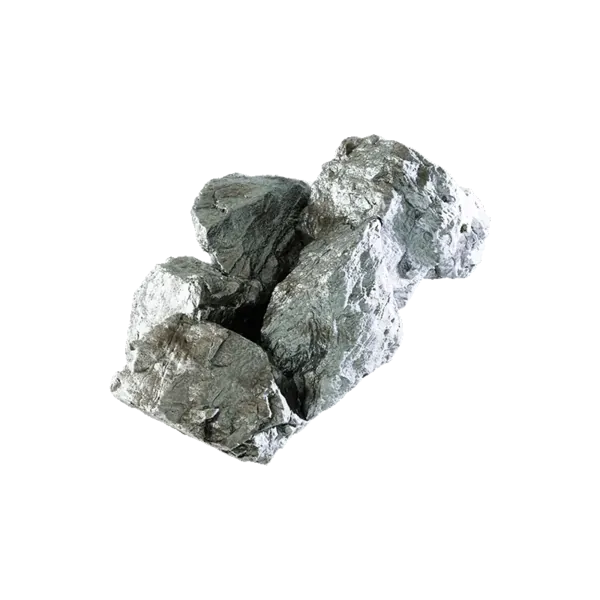Aluminium & Non-Ferrous
Learn more
Market features
By using our proprietary oxy-combustion technology adequated to each kind of furnace it could be possible to reduce your specific energy consumption up to 57%*.
Reducing nitrogen presence makes it possible to reduce NOx generation and improve your filtration system performance.
*Pending on your most recent base case
Improve your specific melting rate by up to 66%* by using the proper technical approach.
After studying your furnace’s current performance, we reduce the necessary nitrogen presence and thus resulting in the reduction of energy loss within your furnace.
*Pending on your most recent base case
The capacity to manage the exact require stoichiometry prevents the generation of black fumes. Directly injecting oxygen reduces the furnace pressure and permits the use of cheaper scrap without emissions. This use reduces energy demand when using organic materials as sources of energy inside the furnace.

Oxygen use pertains to all kinds of aluminium furnaces, including tilting rotary, fix axis rotary or reverb furnaces, to more efficiently use the available energy and reduce the associated CO2 emissions. At the same time, the application of our Diluted Oxygen Combustion technology contributes to drastically reduce NOx emissions at your site whilst maintaining the highest safety standards.






